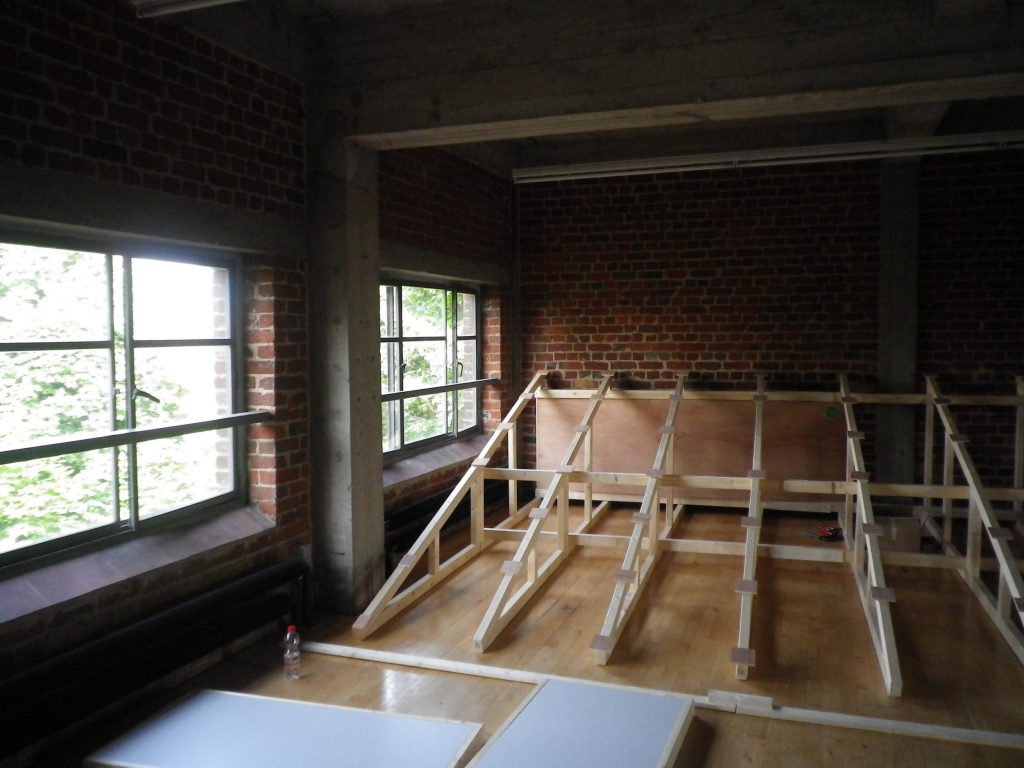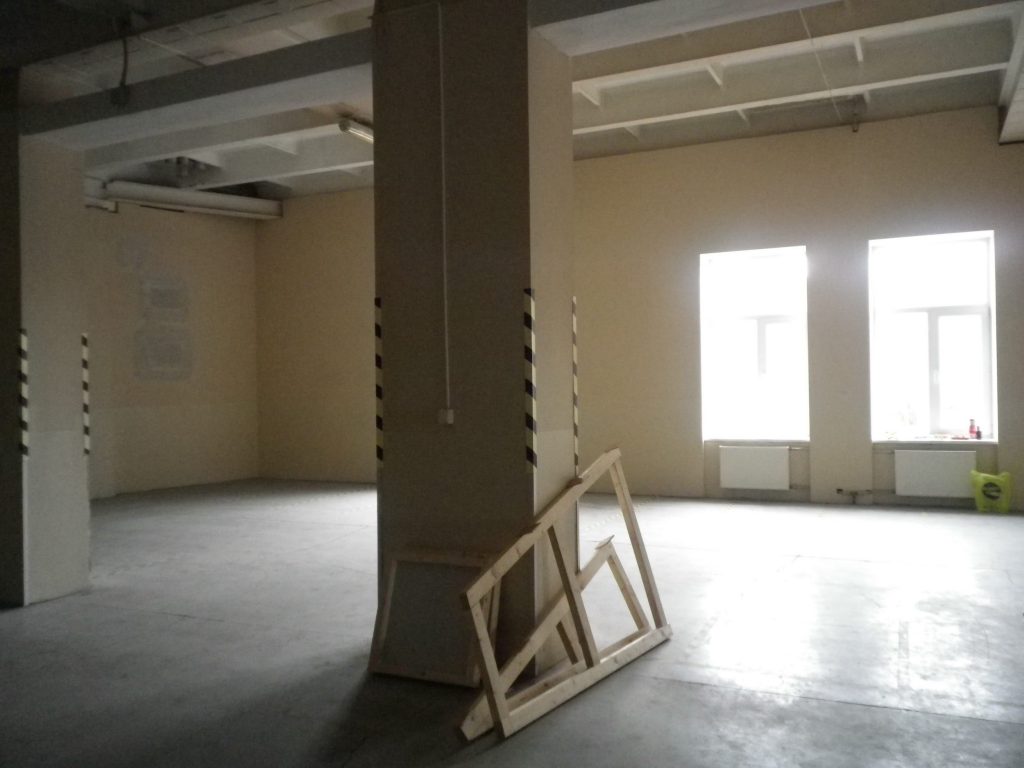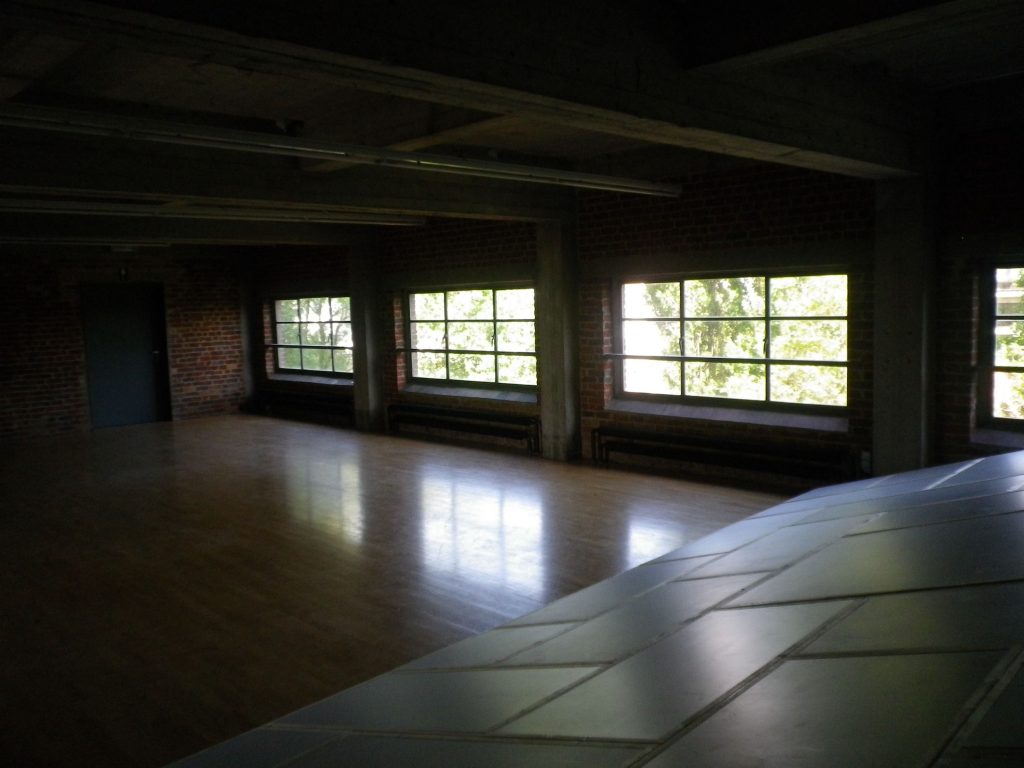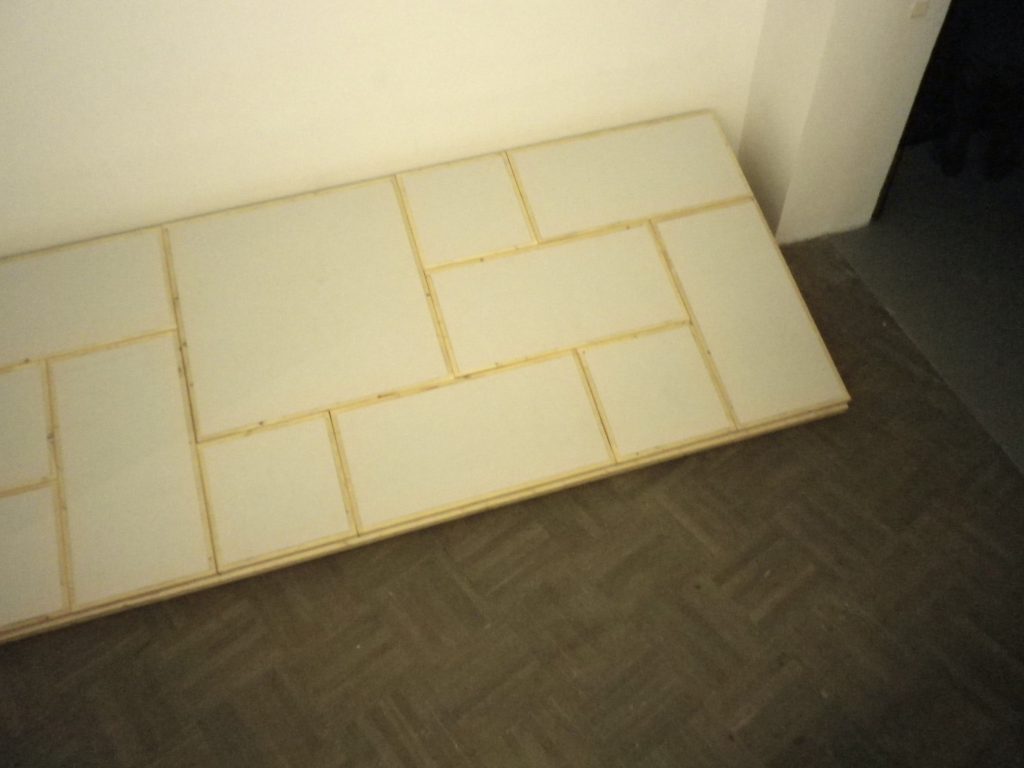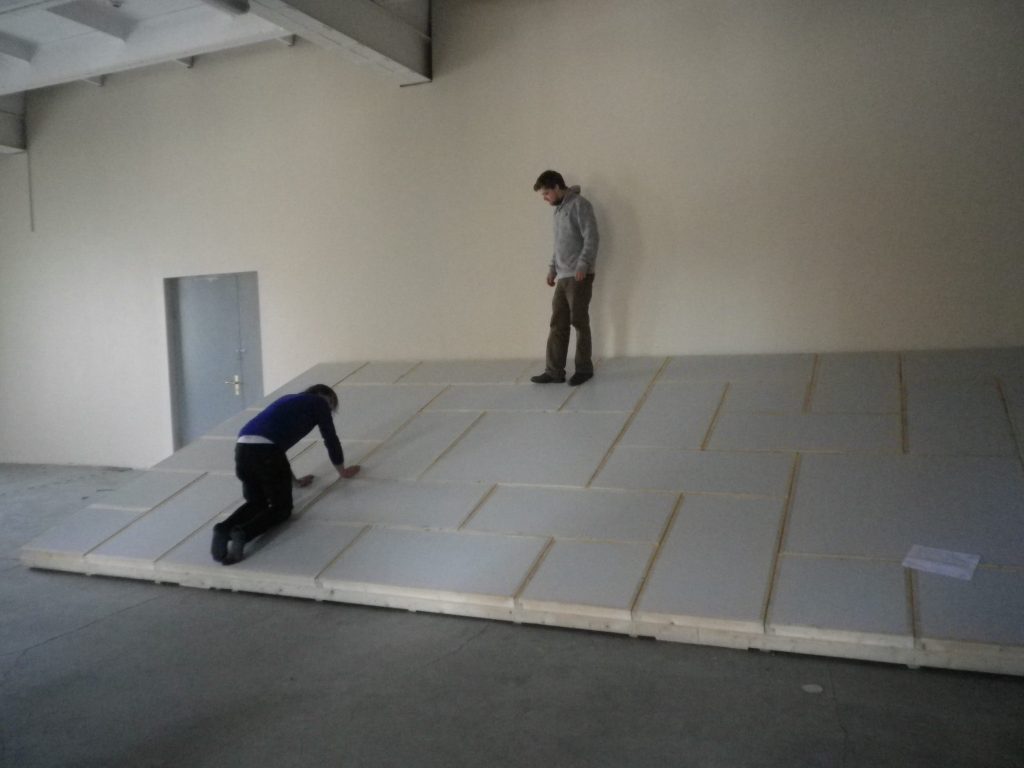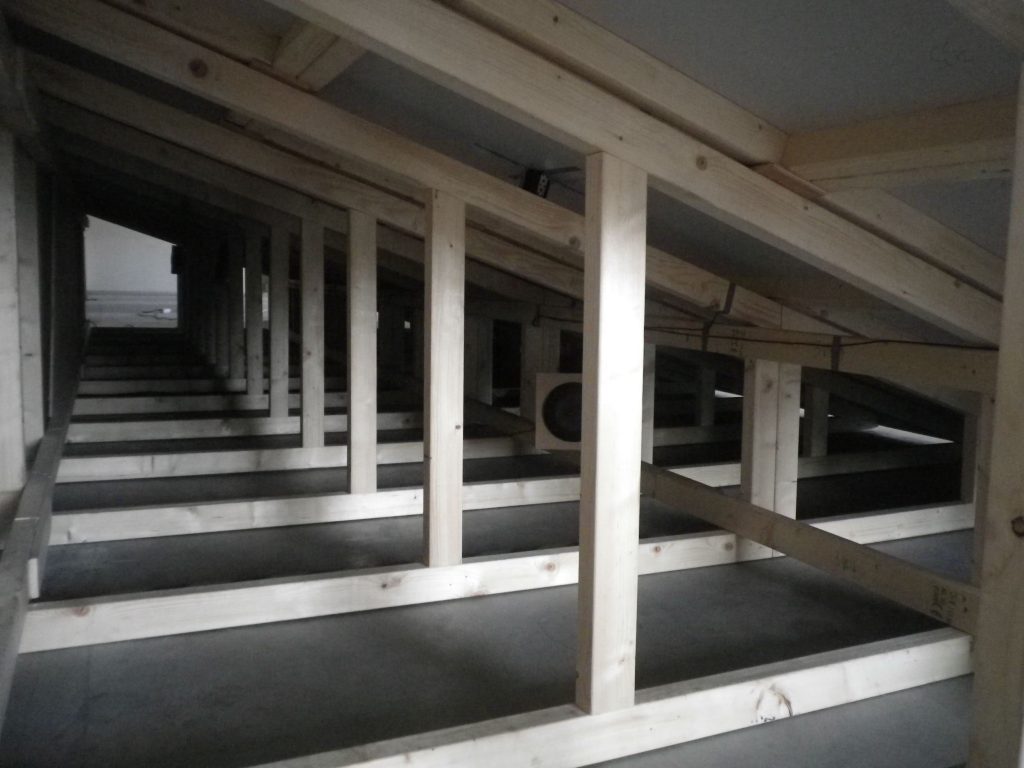A Shadow of a wall
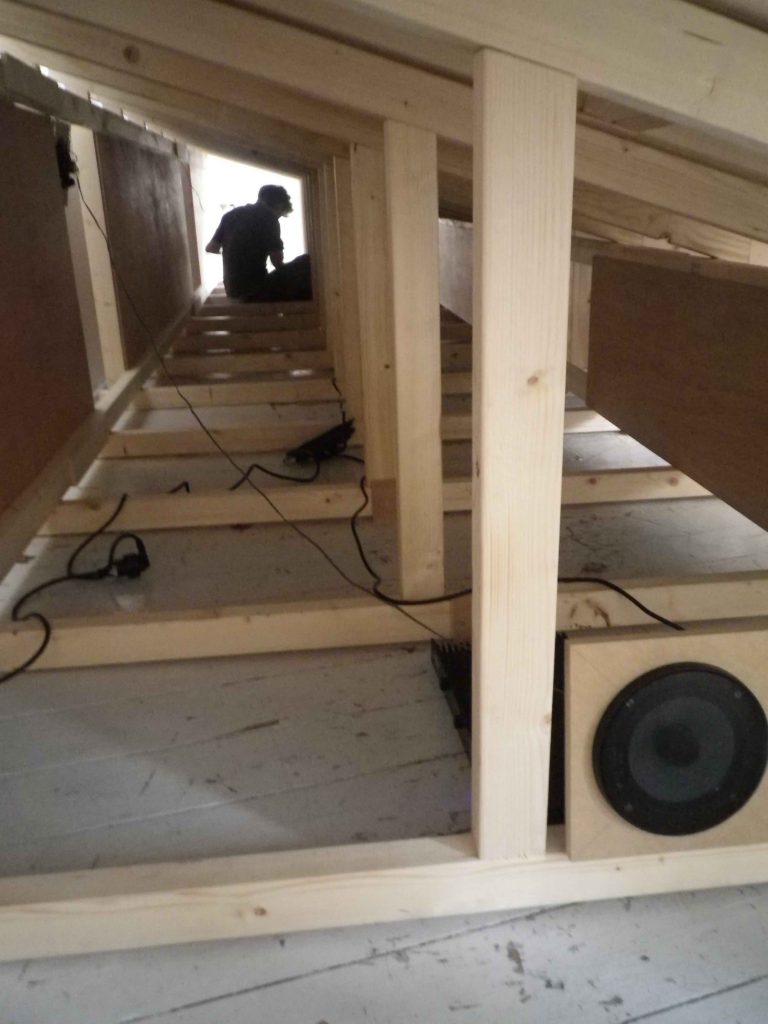
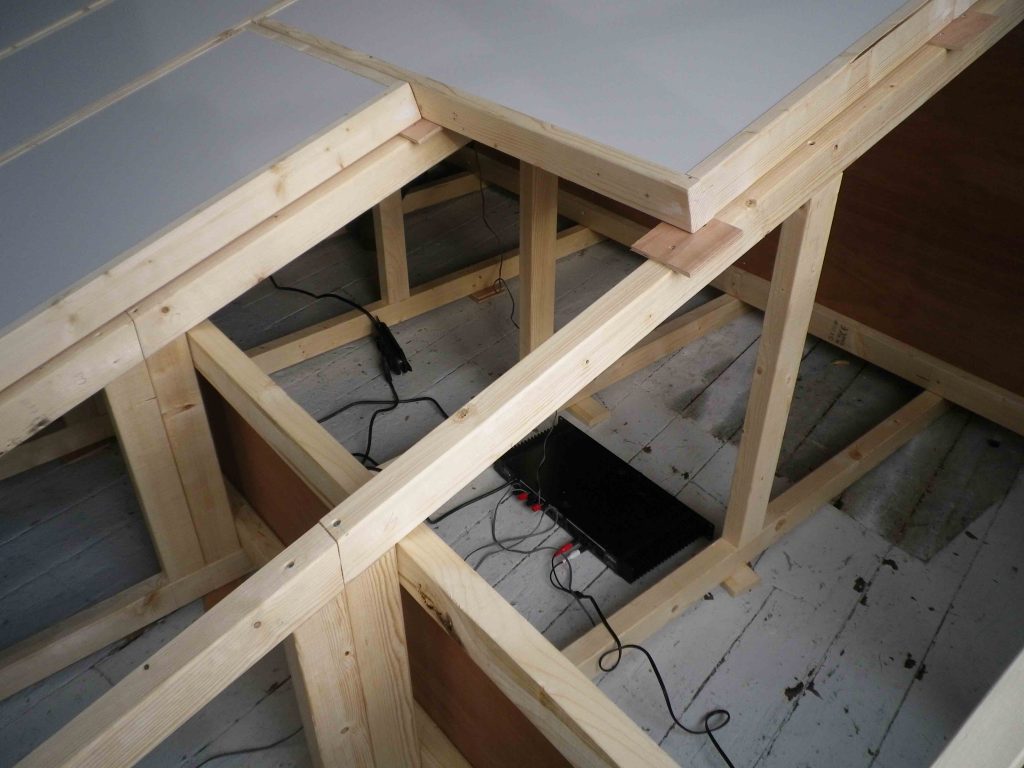
To establish a ‘building in a building’ was one of my interests for the project. The idea came from a visit to the Pergamon Museum in Berlin. This museum houses impressive reconstructions of archaeological monuments, such as a terrace of the acropolis of the ancient city of Pergamon, and the marble market gate of Miletus, and is specifically designed to accommodate the ancient architecture. While I was walking on the steps of the Pergamon Altar, I experienced an overwhelming amount of noise. The noise came from people listening to the audio tour. Focusing on a voice explaining the background of the monuments, they became ‘zombies’, oblivious to their environment and the noise they were causing. At first I was a little bit annoyed, but soon after I was intrigued to realise that the noise revealed the volume of the space.
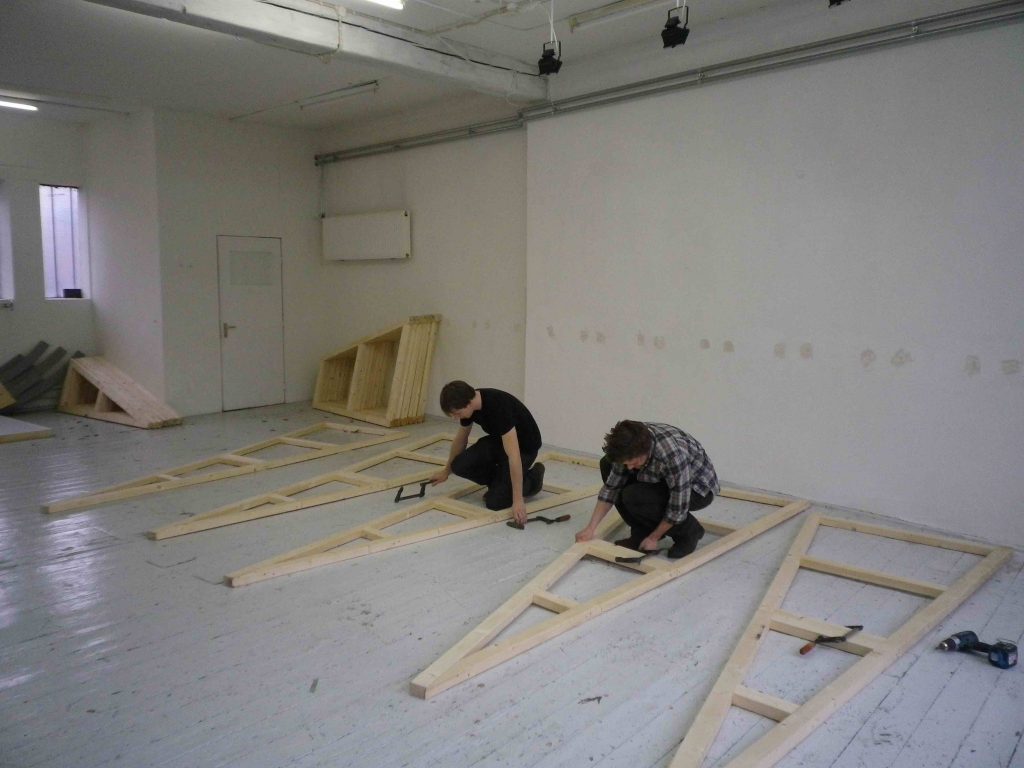
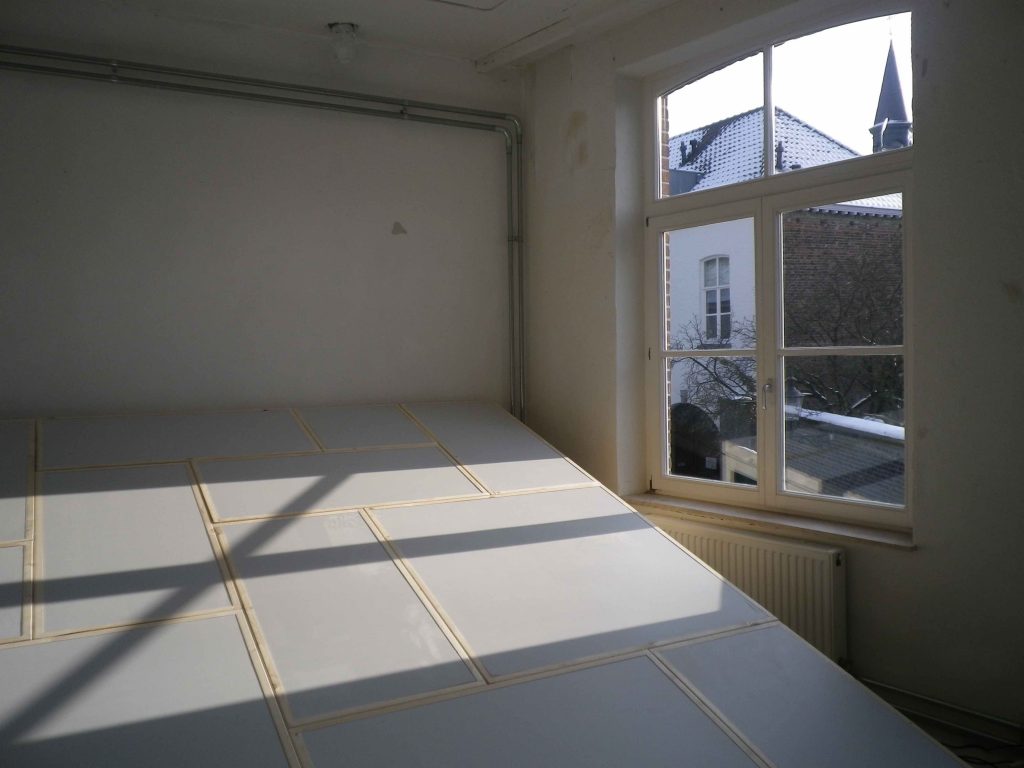

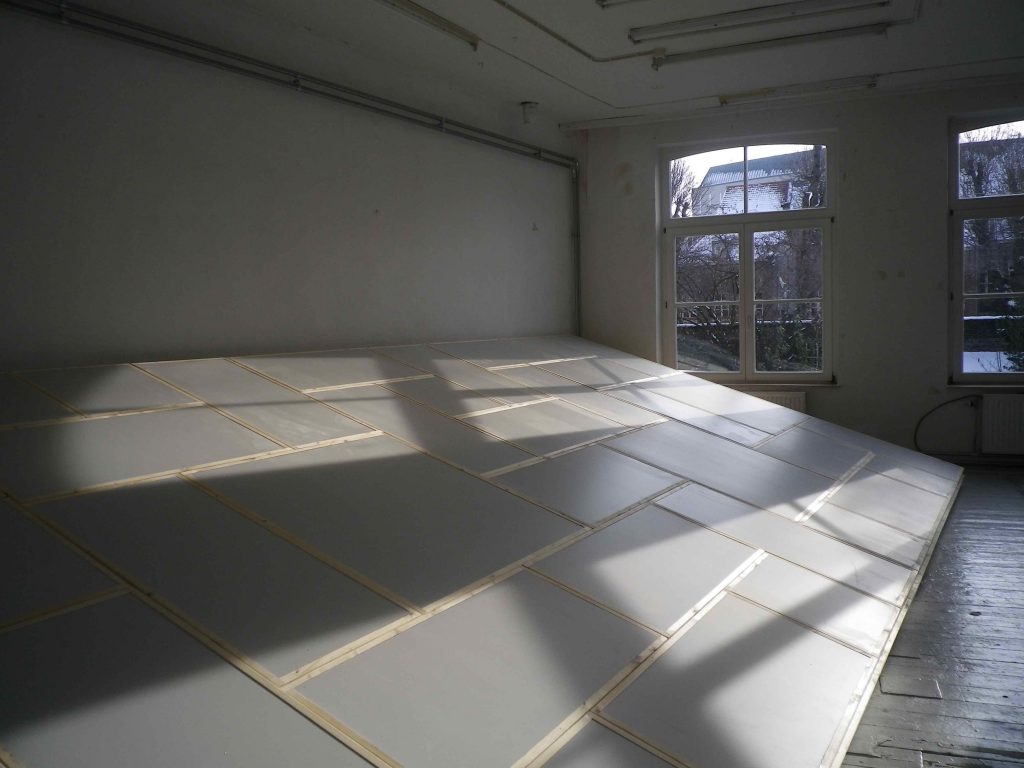
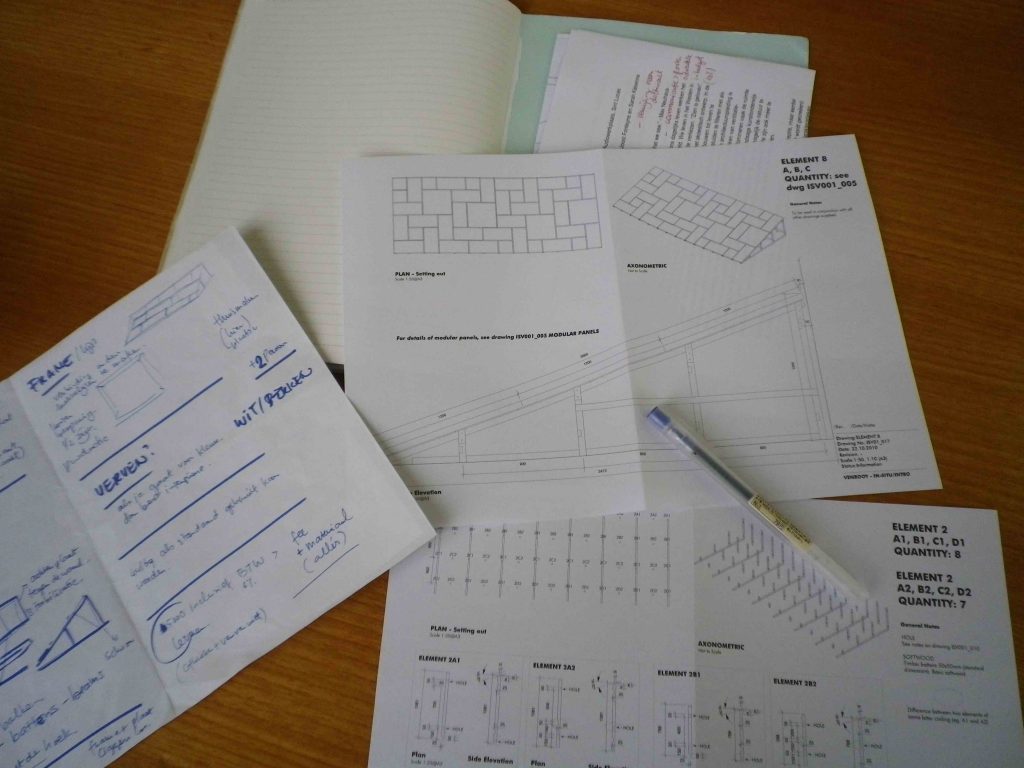
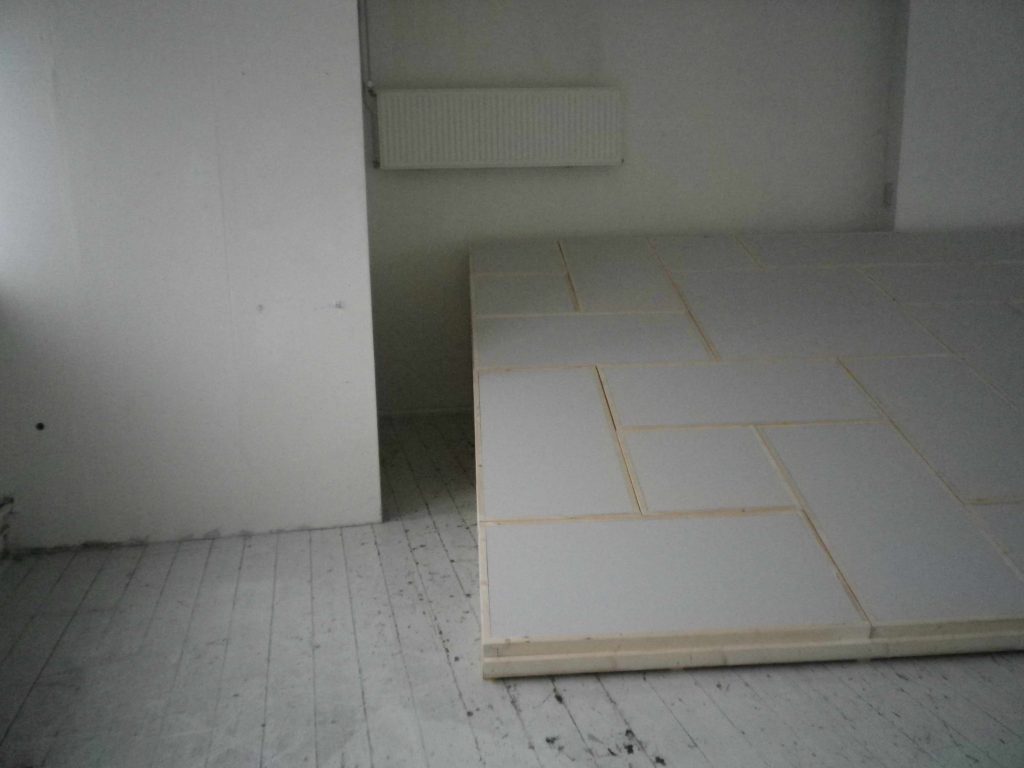
The project “A Shadow of a Wall” was also realised in Buda Center Kortrijk in Belgium, in Riga in Latvia and in Bunker Sztuki in Krakow, Poland.
Besides the idea of horizontality, we were interested in the sense of time in the space; we sought to create a work that would give the visitor the sense of being in a different space, a space in which time is perceived to pass more slowly. This raised the question of ‘What is the “timing” of a space?’ And, ‘Can we create a different timing?’. The films of Yasujirō Ozu came to mind. In most of his films, he adopts an interesting visual approach, placing the camera low to the floor and using shots of ‘intermediate’ empty spaces (still lifes, landscapes, urbanscapes, etc.) between scenes, which offer a glimpse of ‘another plane of reality’. In these shots, Ozu shows us the environment or, as Gilles Deleuze put it, ‘the unchanging form of that which changes’. To create this other plane of reality and come to a ‘time undisturbed’ became our focus in the creation process.
